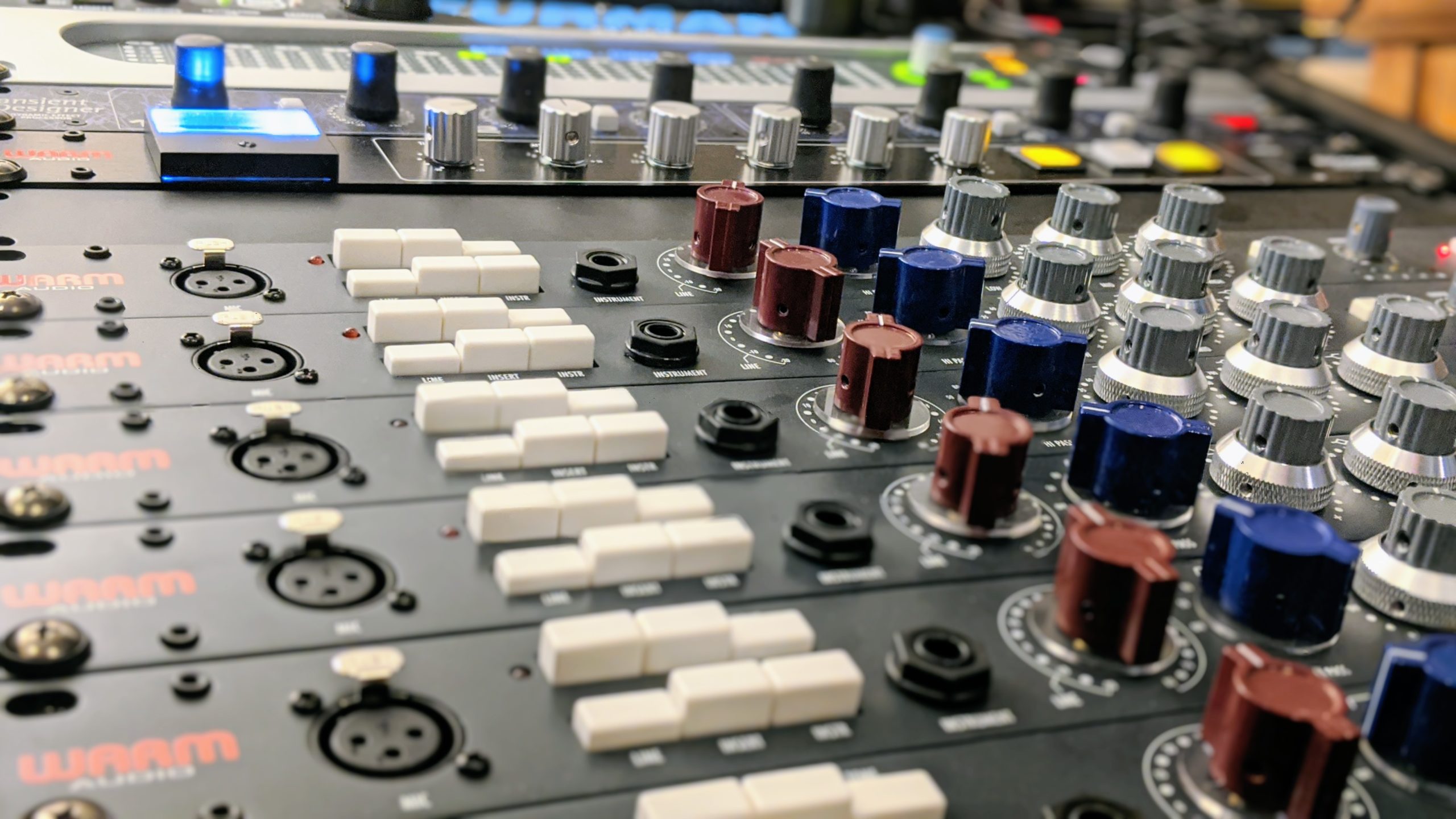
Monument Sound is currently offering tracking projects at our partner studio, Sonic Conscious Studio, located in the Denver area. Kindly contact us regarding your project to ensure a suitable recording space and to book your session.
Audio recording is the process of capturing sound and transforming it into a digital or analog format that can be stored and manipulated. It involves selecting the right equipment, setting up the recording space, and capturing high-quality audio. Here’s a breakdown of the audio recording process:
- Pre-Production: Before the recording process begins, it’s important to plan and prepare for the recording session. This may include selecting the right equipment, choosing the appropriate recording space, and scheduling the session.
- Equipment Setup: The recording engineer will set up the equipment, including microphones, preamps, and audio interfaces. They will also test the equipment to ensure that everything is working correctly.
- Recording Space: The recording engineer will select an appropriate recording space, such as a studio, a live room, or a home recording setup. They will also treat the space with acoustic treatments to improve the sound quality.
- Mic Placement: The recording engineer will select the appropriate microphones for each instrument or voice, and position them in the recording space. They may use different microphone types, such as dynamic, condenser, or ribbon microphones, to capture different sounds and textures.
- Levels and Monitoring: The recording engineer will set the recording levels to ensure that the audio is captured at the appropriate volume without clipping or distortion. They will also monitor the recording to ensure that the sound quality is consistent and that there are no technical issues.
- Recording: The recording engineer will begin recording the audio, using a multitrack recording system to capture each instrument or voice on a separate track. They may use different recording techniques, such as overdubbing or live recording, depending on the needs of the project.
- Post-Production: After the recording process is complete, the engineer will perform post-production tasks such as editing, mixing, and mastering the audio. This may include removing unwanted noise, adjusting levels and EQ, adding effects and automation, and preparing the audio for distribution.
- Quality Control: The recording engineer will listen to the final recorded audio to ensure that it meets their standards, and that it sounds good on different types of playback systems. This is the final quality control step before the audio is delivered to the client.
- Delivery: The final recorded audio will be delivered to the client in the desired format, ready for further processing or distribution.
Overall, the goal of audio recording is to capture high-quality sound that accurately represents the source material. By using a combination of technical and creative processes, the recording engineer can create a recording that sounds professional and engaging.